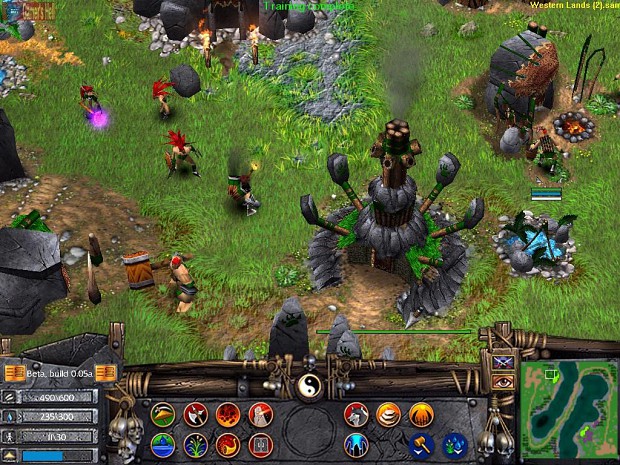
Starting in November 1965, he and his squadron were embarked in Constellation (CVA-64). Shortly thereafter, in November 1965, Cook transferred to VA-155, in Carrier Air Wing (CVW) 15.Īs a member of VA-155, Cook served Vietnam tours, flying over 300 missions in an A-4E. On 1 August, he received a promotion to lieutenant commander. Owing to his considerable skill and experience with the Skyhawk, he trained fleet replacement pilots and enlisted men in the operation of the A-4. He subsequently joined VA-125 as a fleet pilot. Naval School, Pre-Flight, Naval Air Station (NAS) Pensacola (1962-65). Eventually, he transferred to VA-112 to serve as assistant operations officer and material officer.Ĭook next served as an aviation science instructor and foreign student liaison officer at the U.S. He also qualified as officer of the deck while in the attack aircraft carrier Bon Homme Richard (CVA-31). He later served as a fleet pilot and weapons officer with VA-216 (February-July 1959) before transferring to VA-192. before joining Attack Squadron (VA) 125 in June 1958 as a Douglas A-4D Skyhawk pilot. He subsequently attended Weapons Systems School at the Naval Air Technical Training Center in Jacksonville, Fla. Upon completion of that period of instruction, Cook returned to the Naval Air Basic Training Command, remaining there until January 1958. He was designated as a naval aviator on 18 October 1957. He really wanted to be career Navy.” Following his commissioning as an ensign on 1 June 1956, Cook reported for flight training at Naval Air Basic Training Command, Pensacola, Fla., and Naval Air Advanced Training in Memphis, Tenn. As his brother, John Cook, recalled in an interview conducted on 25 November 1989, “ was a third alternate for acceptance and he knocked on all kinds of doors to get in…. Although his father was employed at the academy, Cook was not immediately accepted into it upon his application. Naval Academy in Annapolis in 1952 following a year at the University of Maryland in College Park, Md. Cook was born in Annapolis, Md., on 1 October 1932 and received an appointment to the U.S. Navy ship named Cook and the first named for Wilmer P. Unhorse – Difficulty 4, target suffers one level of bashing damage, is rendered prone, and the mount usually fleesĭistract – Difficulty 3-5, attacker declares an ally not in initiative crash who gains the initiative spent on the gambit to use in a decisive attack on the ally’s next turn or it is lost.The second U.S. You may raise defense by one point per two motes spentġ) Spend Difficulty +1 initiative, then make a standard decisive attack (Dexterity + ).Ģ) Roll newly-lowered initiative against Difficulty of gambit.ĭisarm – Difficulty 3, throws weapon to short range, target must move to weapon and use a draw/ready action to recover it. Parry: (Dexterity + + Any Relevant Specialties)/2 If a decisive attack fails, the attacker loses two initiative if they’re currently between 1-10, three initiative for 11+Įvasion: (Dexterity + Dodge + Any Relevant Specialties)/2 If the Attack Succeeds, Reset initiative to 3

Upon a successful withering attack, the solar automatically gains one point of initiativeĭecisive Attack – Dexterity + ĭecisive Damage – Initiative, if it exceeds hardness otherwise, no damage

If soak is greater than successes, apply the weapon’s overwhelming attribute as the amount of damage Withering Damage – Strength + Extra Successes on the attack roll + Weapon Damage – Soak Withering attack – Dexterity + + Weapon Accuracy Term Clarification and Common Misconceptions


 0 kommentar(er)
0 kommentar(er)
